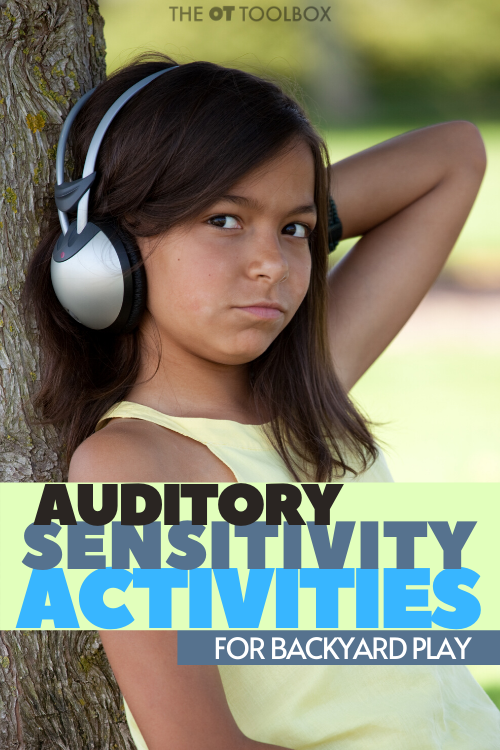

Parents and teachers can positively impact this process by being attentive to the child’s needs. The treatment for children with sensory processing disorder involves a multidisciplinary approach.

Prevention and treatment options for parents and teachers of children with SBT The purpose of this evaluation is to consider how an individual’s nervous system responds to sensory stimuli through the five senses (sight, sound, touch, smell, taste).Īn occupational therapist then provides recommendations for accommodations that will help support the individual in their daily life. One of the ways that someone can get diagnosed with Sensory Processing Disorder is through a sensory integration evaluation. How does someone typically get diagnosed with Sensory Processing Disorder? Having sensory problems can make a child feel different from his peers, which may lead to social isolation, frustration, tantrums, and other behavior problems. Easily distracted by continuous, loud sounds.Difficulty falling asleep or staying asleep.

Difficulty transitioning from one activity to another.Oversensitivity to pain, temperature, and touch experiencing strong reactions when feeling touched.Aversions (e.g., refuses to wear specific clothing types or textures of clothing, such as wool or synthetic fibers), and over-sensitivities (becoming easily agitated by sounds).Sensory processing disorder (SPD) can vary from person to person, but some common signs your child may have SPD are: The warning signs of sensory processing disorder in children 2 Signs your child may have SPD This is due to under-stimulation, where they forget what has happened recently. Losing homework, known places in rooms they are familiar with, and objects easily.Argumentative at dinner or when having to do homework.Irritability if touched in the wrong spot.Running away from things they do not like.May fight cuddling and physical games such as “you’re going to get me” can be a struggle Crying, screaming, screeching when touched or approached for a hug.Can’t stand tags on clothing or seams in socks. Becoming “wiggly” when being held, dressing struggles begin.Rocking extremities or whole body back and forth (similar to the movement of a rocking horse).Rubbing eyes, lips, ear canals, or other body openings.Headbanging according to the child’s needs (hunger, tiredness).The child will then avoid the sensory input that is causing them distress. Therefore, sensory processing disorder is categorized as either “sensory seeking” or “sensory avoiding.”Ī child with SPD will often move towards their senses which creates an overload of stimuli even if it may be too much. One person might have difficulty with everyday tasks, while another may not do anything without getting overwhelmed by their senses. They can range from hypersensitivity or being overly sensitive to sounds, textures, tastes, smells, sights, and feelings. Symptoms of sensory processing disorder are hard to identify because they are so diverse. The symptoms can range from mild to severe, ranging from difficulties with remembering everyday life events (such as what day to do chores) to hypersensitivity (a sound drives them crazy). An estimated one out of 20 school-aged children have SPD, but the actual number may be much higher because it’s tough to diagnose.

It’s now recognized as one of the most common chronic neurological disability in school-aged children. Sensory processing disorder, SPD, is a neurological condition that affects people of all ages.


 0 kommentar(er)
0 kommentar(er)
